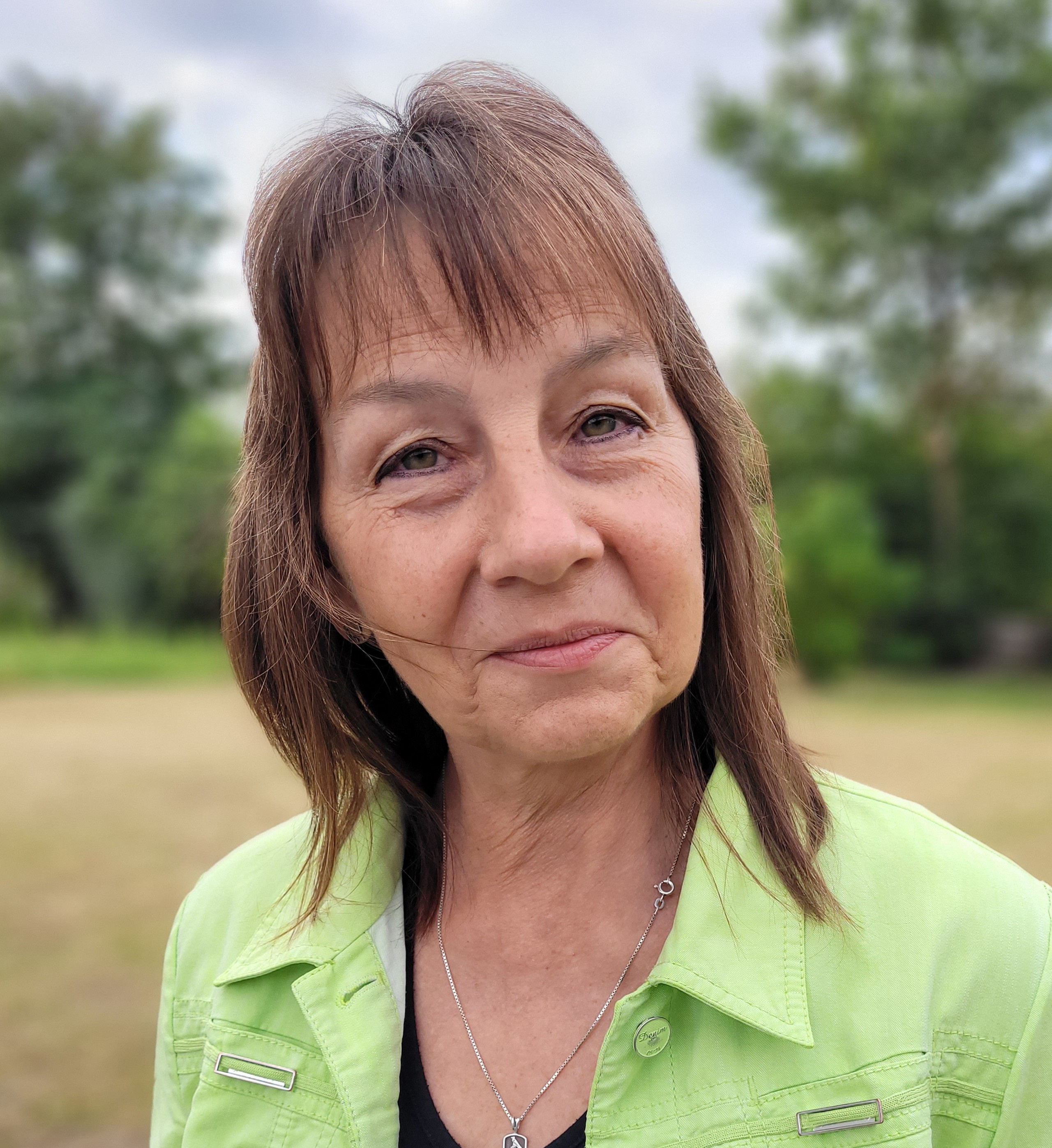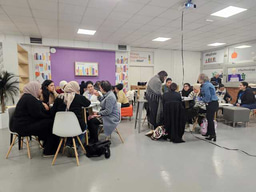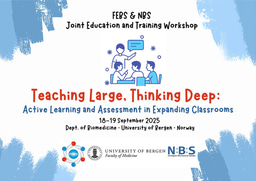Annette G. Beck-Sickinger: "The most inspiring part of being a researcher in my position is the great mix..."


What’s exciting in your research area right now?
My group works at the interface of disciplines, so we combine chemical and biological methods to elucidate the function of G protein-coupled receptors (GPCRs). This class of membrane proteins is fascinating because they specifically transduce signals from the outside into the cell. Ligands include odorants, hormones and related signaling molecules. My group focuses on peptide and protein ligands that play an important role in the regulation of pain, hunger and satiety, but also in immune cell recruitment and inflammation.
What do you see as the most important developments in your field in the past 10 years?
Cryo-EM techniques have become impressively applicable to GPCRs in the past 5–10 years. We can now use the structural information to understand this class of molecules. However, we can only obtain the distance between molecules or within the receptor under certain, sometimes artificial, conditions. Thus, additional approaches – mutagenesis and functional studies – must be used to essentially distinguish between short-distance and relevant interactions in order to answer biological questions. The combination of structural and biochemical data has become an essential approach to understanding GPCRs in more detail.
How do you explain your work to a non-scientist?
Imagine you are standing in front of a house and you want to inform the occupants about changes outside: you can knock on the window, ring the bell, or enter the door – this is how ligands can provide information to the inside of the cell. The receptors are the windows and doors through which the information can enter. We study how the occupants react on the knocking, how the doors are opened, and which path is most efficient. Thereby, we work on different houses, doors, windows and occupants.
What aspects of your life as a researcher do you most enjoy?
The most inspiring part of being a researcher in my position is the great mix: I teach students – so I can get students excited about scientific topics and approaches; I discuss scientific data with my research team – and we come up with new data; and I work with scientific societies and funding agencies – so I can influence policy with my expertise! This is a great combination to shape the future of science at all levels.
What do you see as the key ingredients for successful research collaborations?
In my opinion, new data are developed at the border between disciplines, so collaborations help to expand science. However, it is important that we accept other disciplines without prejudice and are open to learning their point of view. We have to be able to communicate in an open and fair way, otherwise the collaboration can end up in competition.
What comes first: technique or biological question?
For me, biological questions come first. Scientists must be curious and interested in new knowledge. It is most important to ask the most relevant and burning questions. The next step is to think about methods and approaches to prove or disprove the hypothesis. And at least two independent approaches must be used to support your idea.
Lab webpage: https://research.uni-leipzig.de/agbs/
Two recent/key papers:
Lentschat, H. et al. (2024) Hederagenin is a highly selective antagonist of the neuropeptide FF receptor 1 that reveals mechanisms for subtype selectivity. Angew. Chem., Int. Ed. Engl. Dec 6:e202417786. Epub ahead of print. PMID: 39641914. https://doi.org/10.1002/anie.202417786
Tang, T. et al. (2022) Receptor-specific recognition of NPY peptides revealed by structures of NPY receptors. Sci. Adv. 8(18):eabm1232. Epub 2022 May 4. PMID: 35507650; PMCID: PMC9067930. https://doi.org/10.1126/sciadv.abm1232
More information on the FEBS Sir Hans Krebs medal and plenary lecture at the 49th FEBS Congress
The Sir Hans Krebs medal is awarded annually by FEBS for outstanding achievements in Biochemistry and Molecular Biology or related sciences: www.febs.org/other-activities/prizes/febs-medals/
Annette G. Beck-Sickinger will be presented with the medal at the 49th FEBS Congress on Saturday 5th July 2025 where she will deliver the FEBS Sir Hans Krebs Lecture on ‘G protein-coupled peptide receptors: structure, function and innovative therapeutic concepts’: https://2025.febscongress.org/
Top image of post: Old Town Hall, Leipzig; by lapping from Pixabay





Join the FEBS Network today
Joining the FEBS Network’s molecular life sciences community enables you to access special content on the site, present your profile, 'follow' contributors, 'comment' on and 'like' content, post your own content, and set up a tailored email digest for updates.